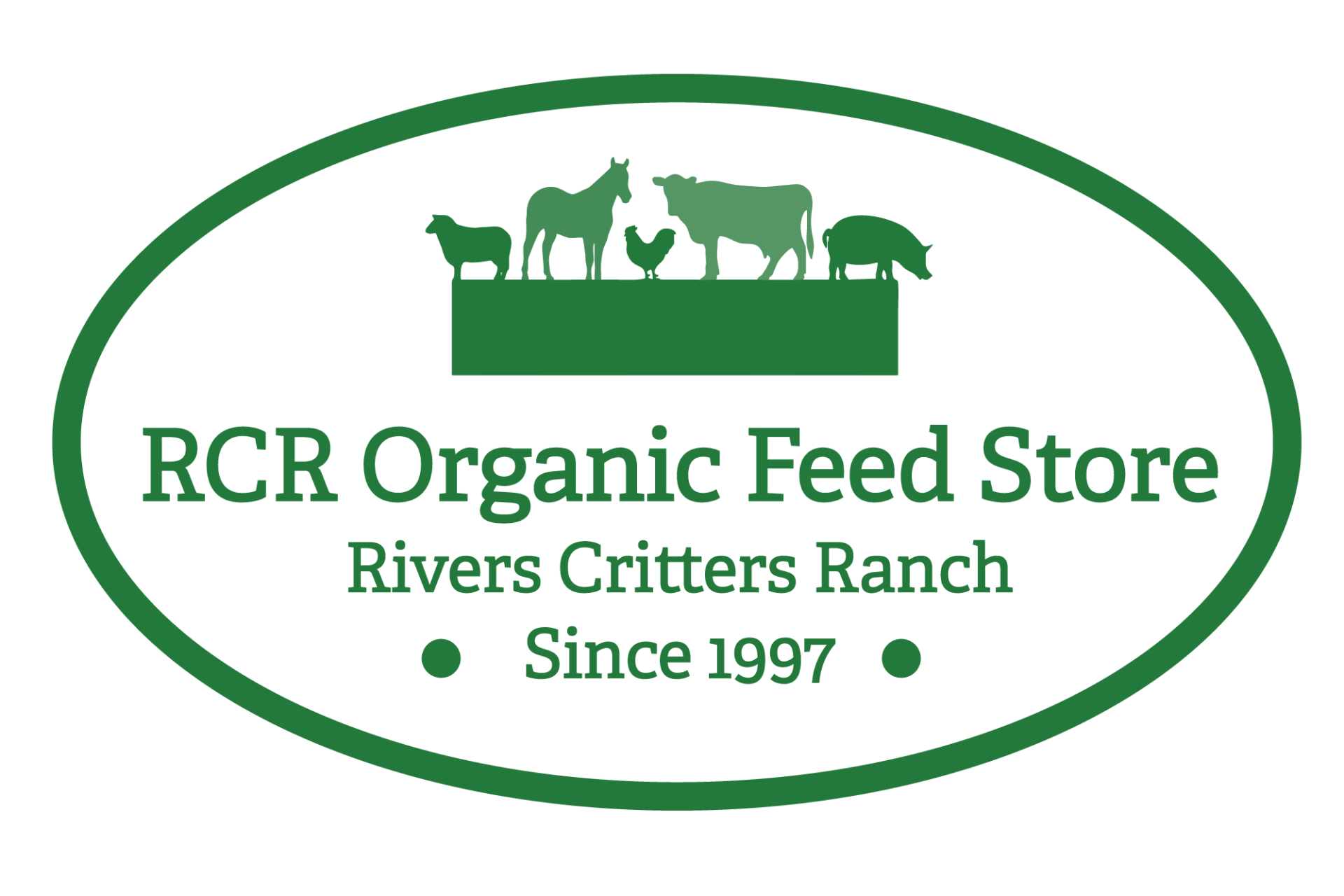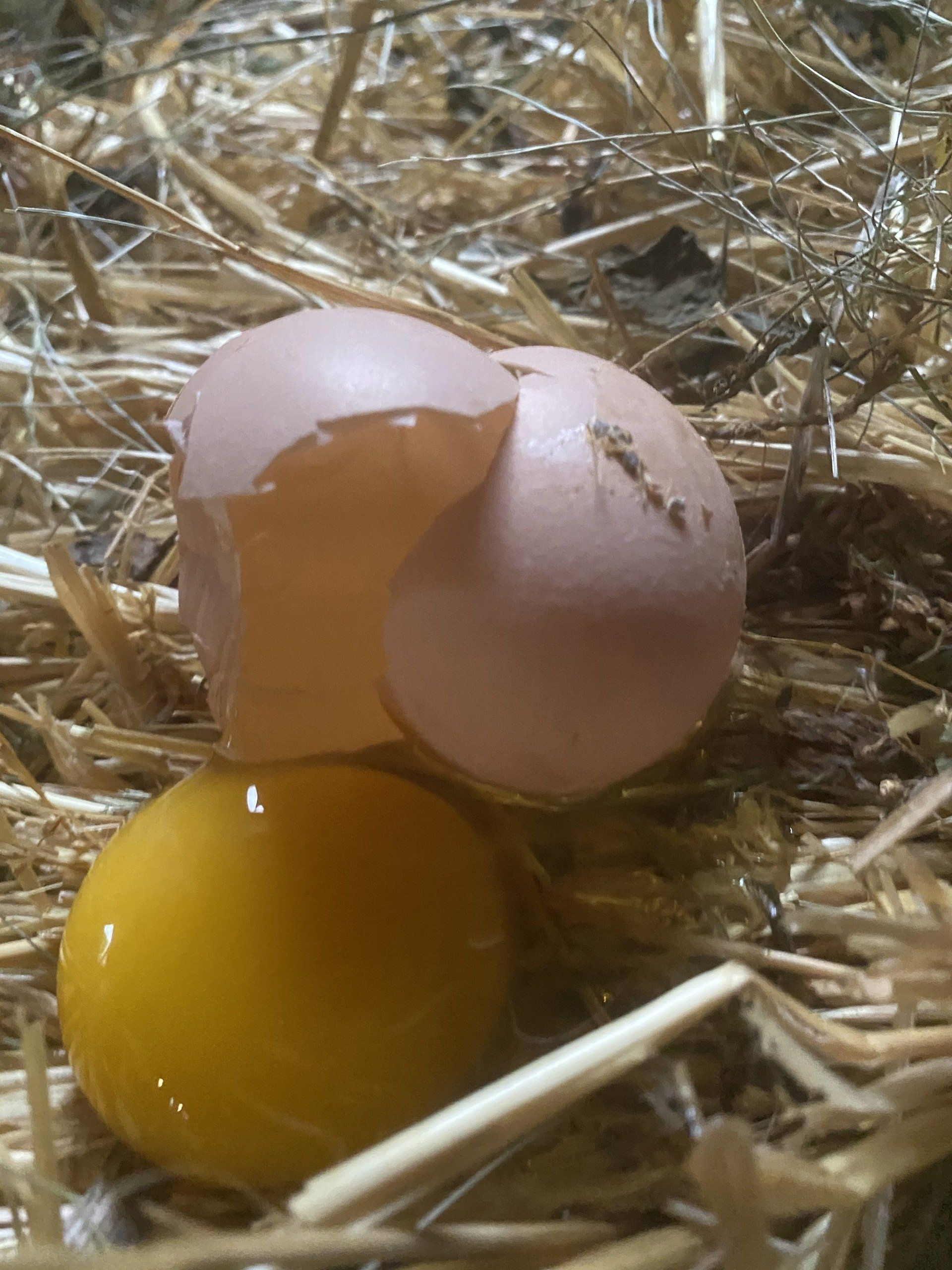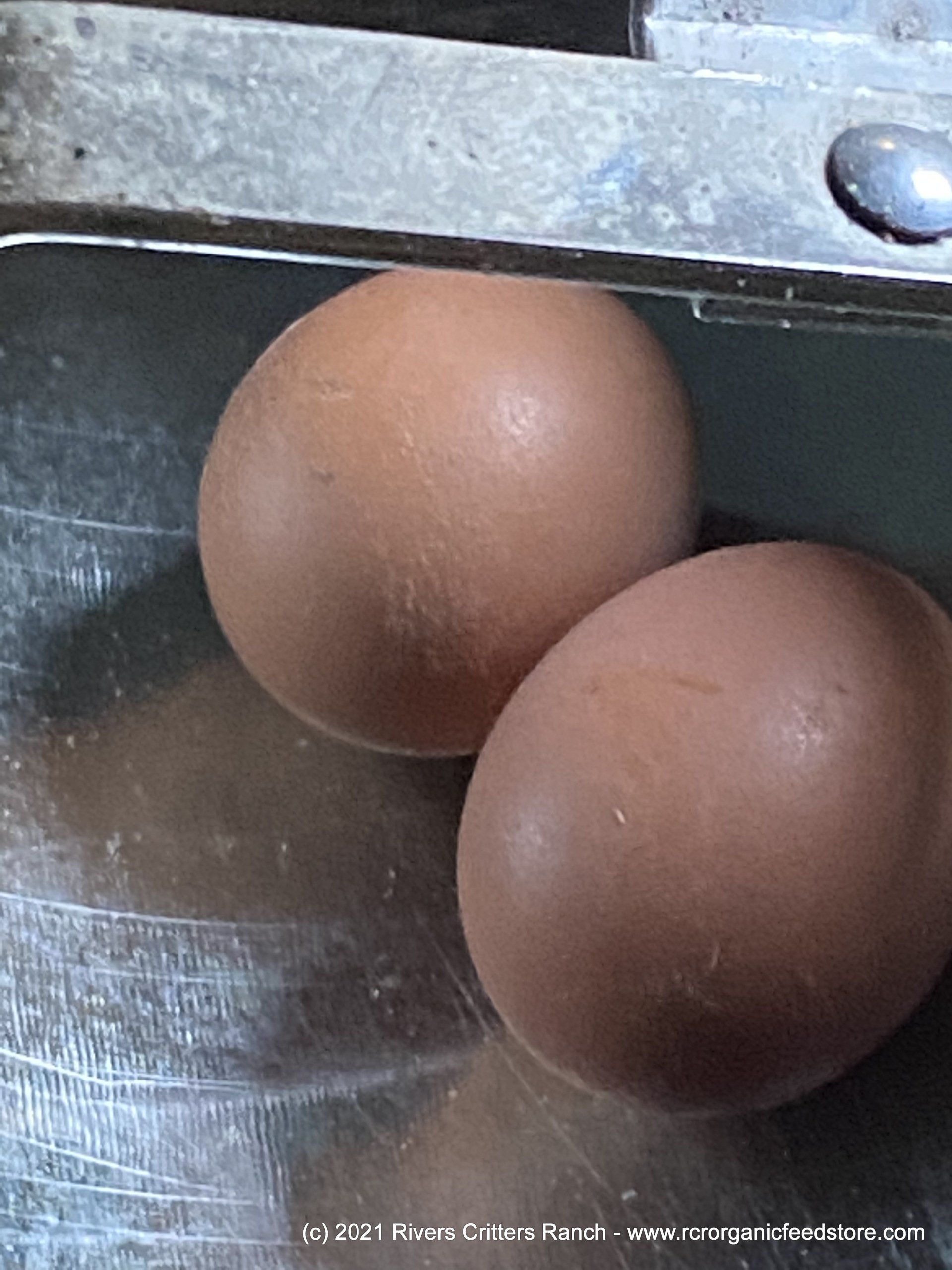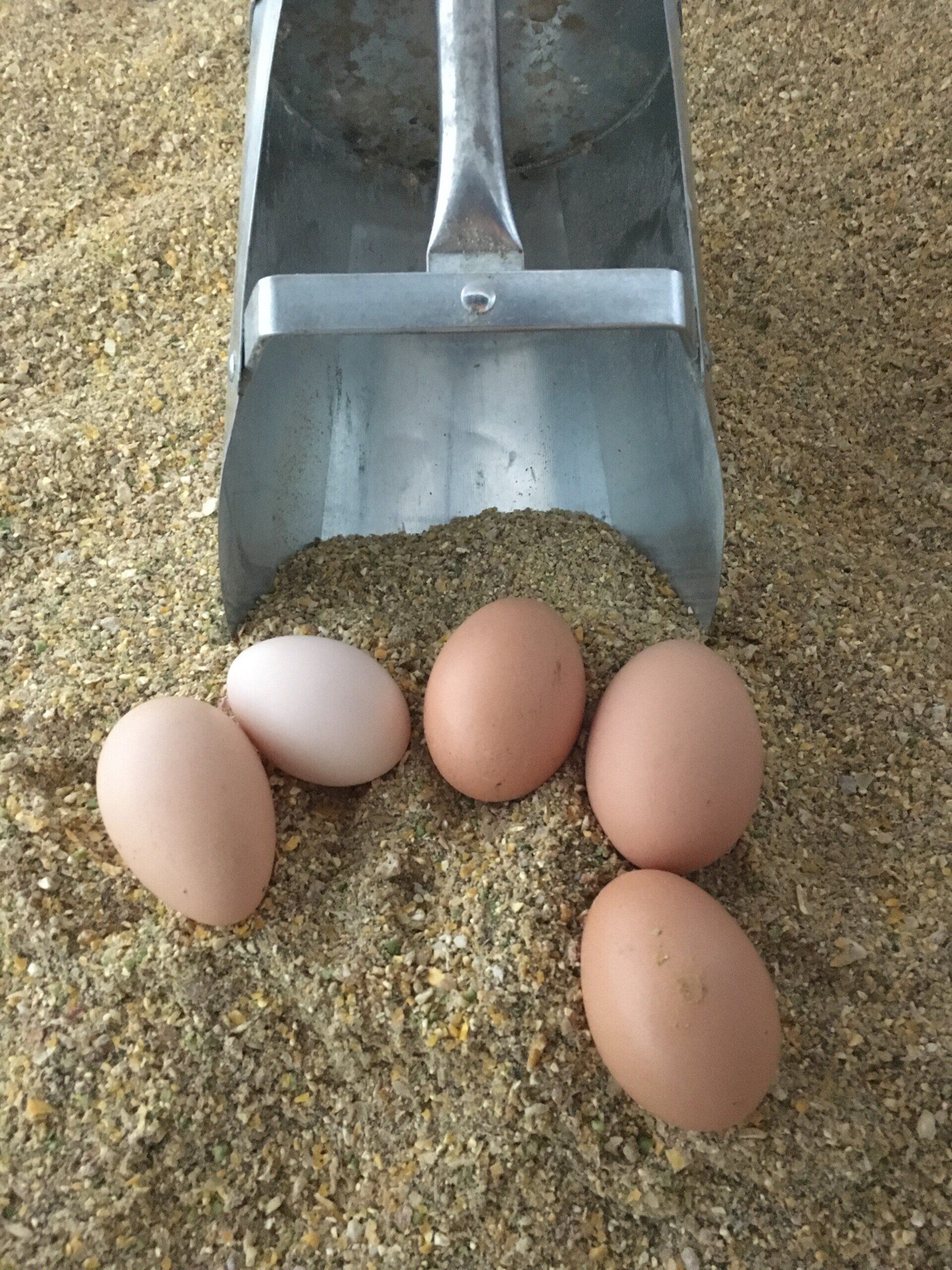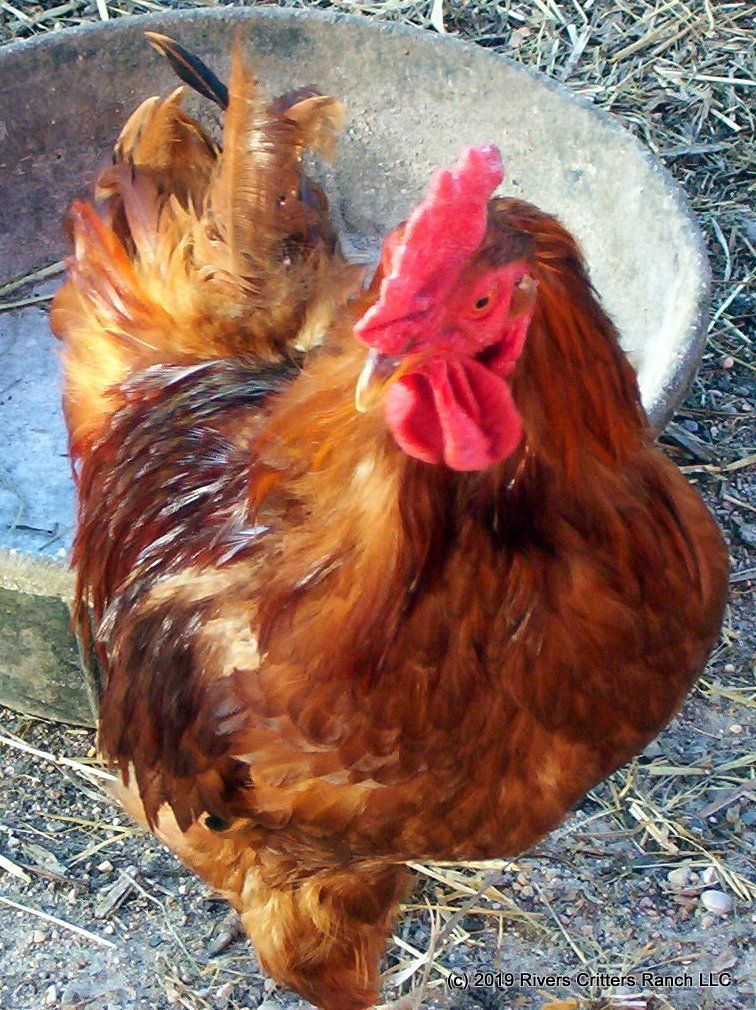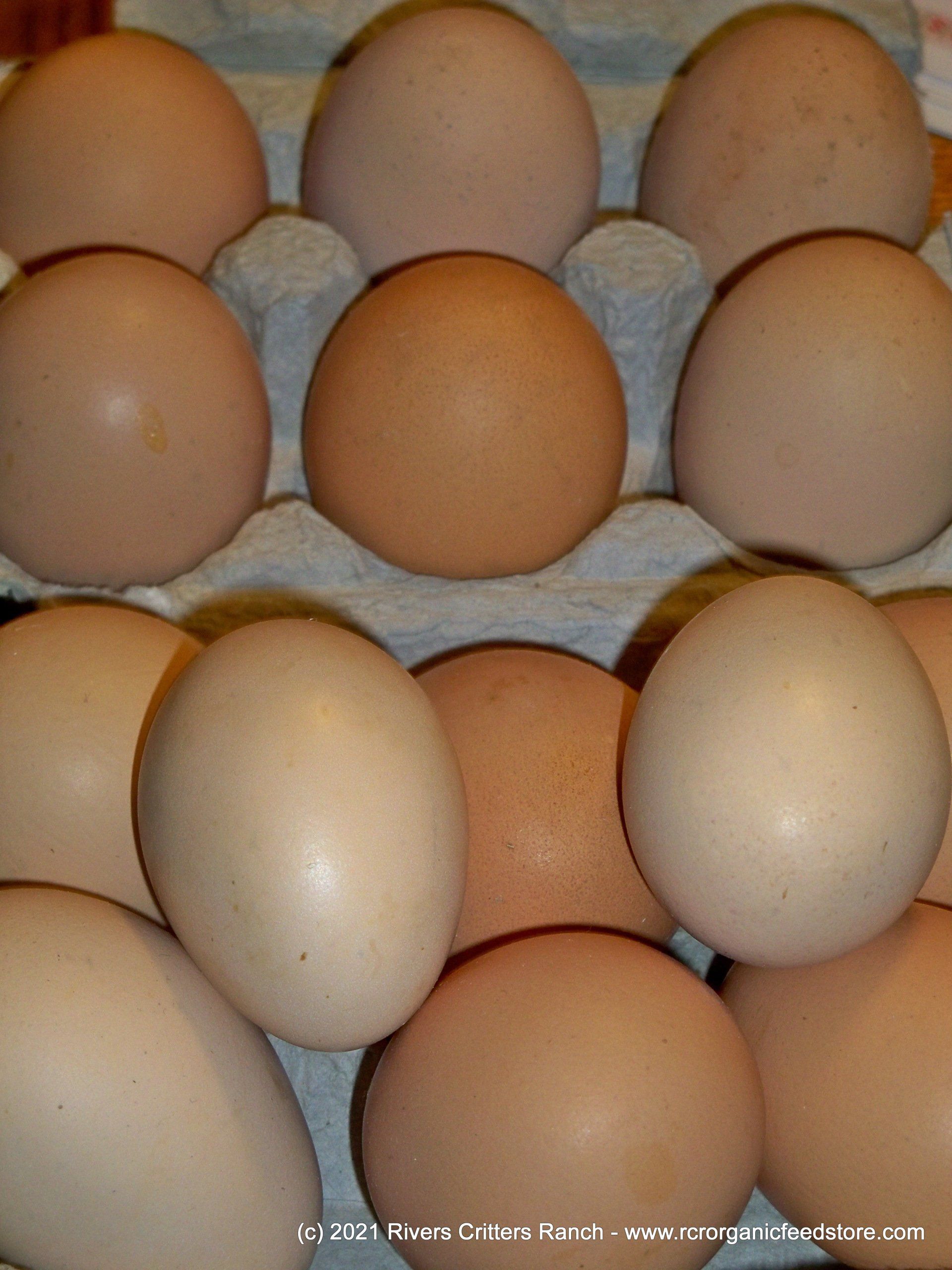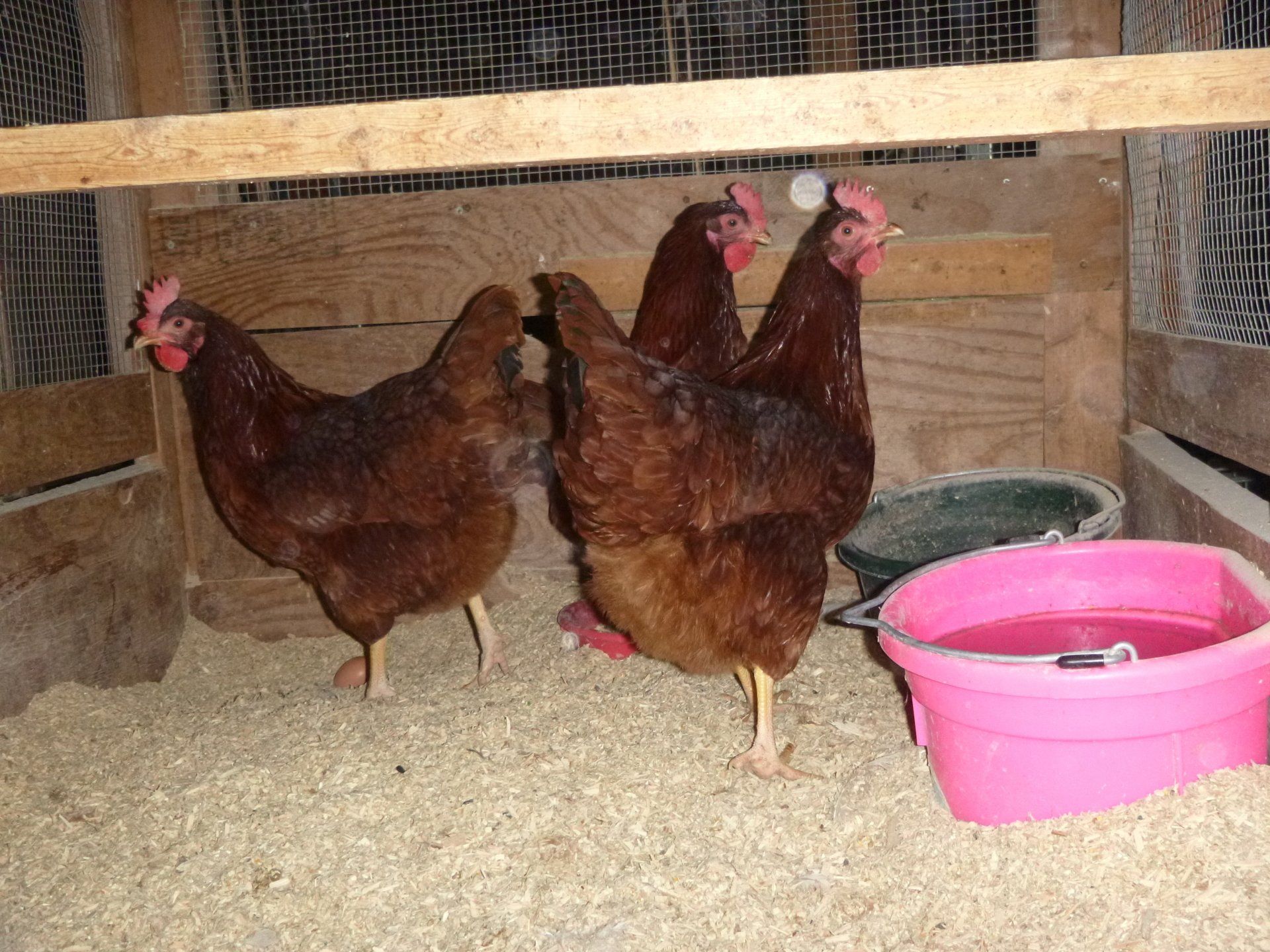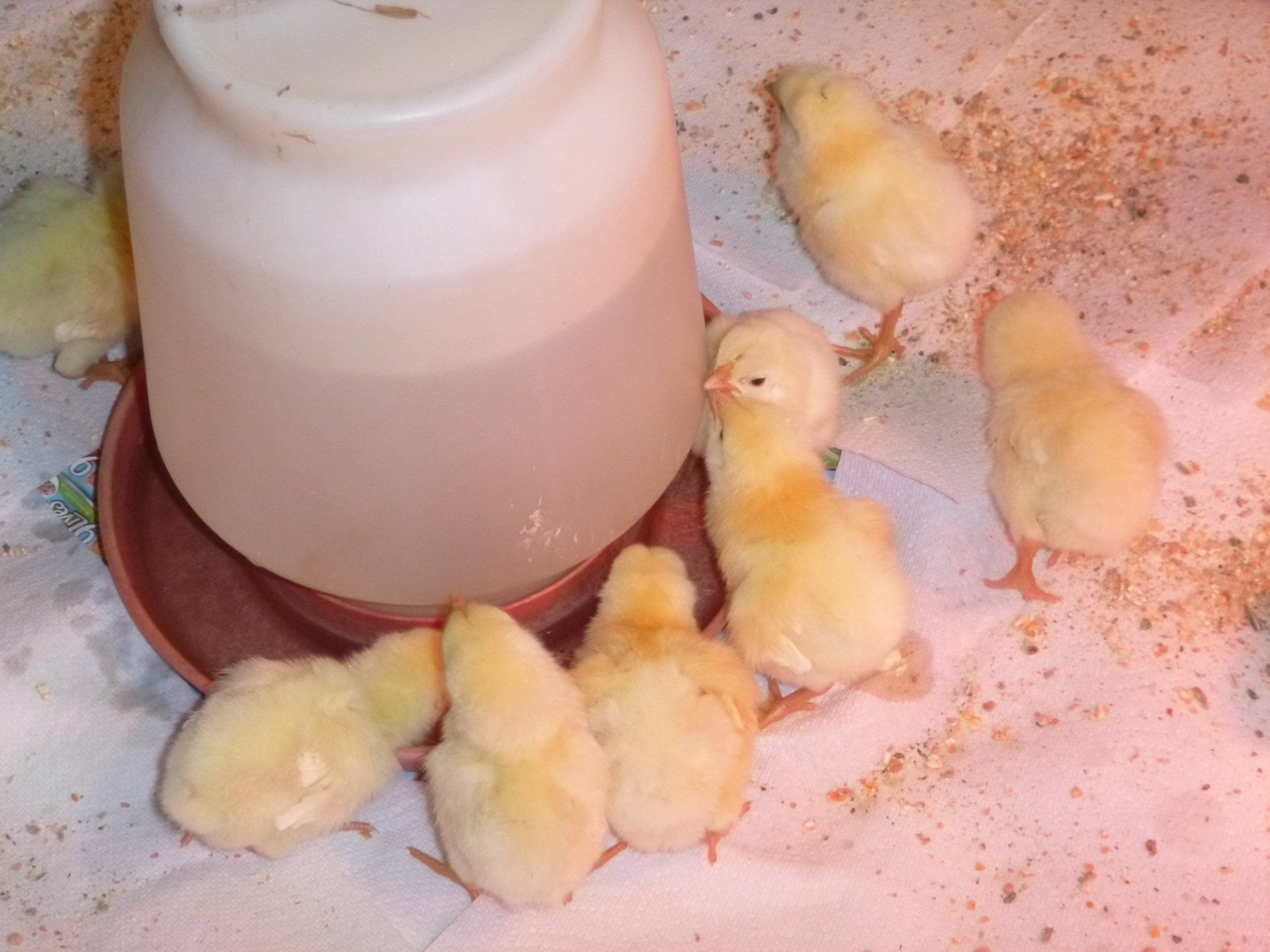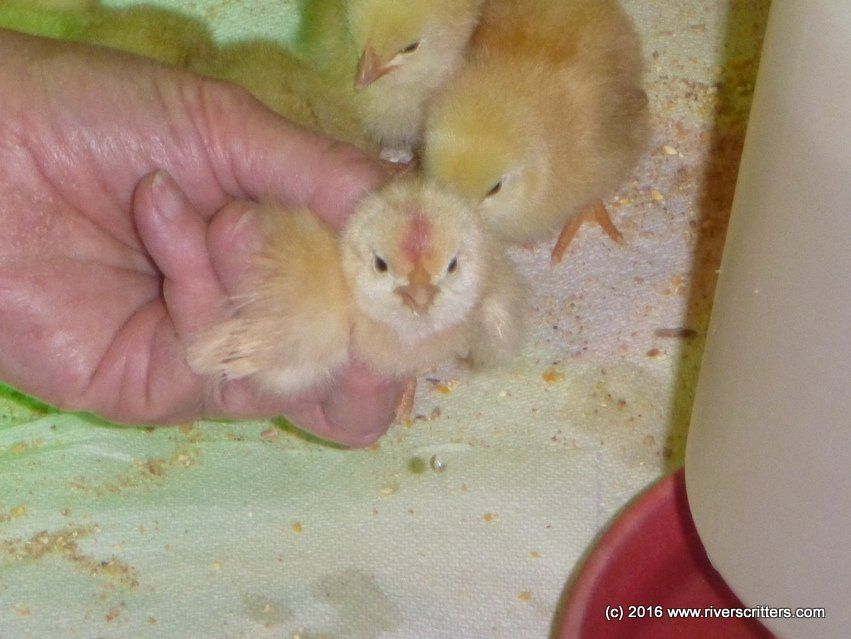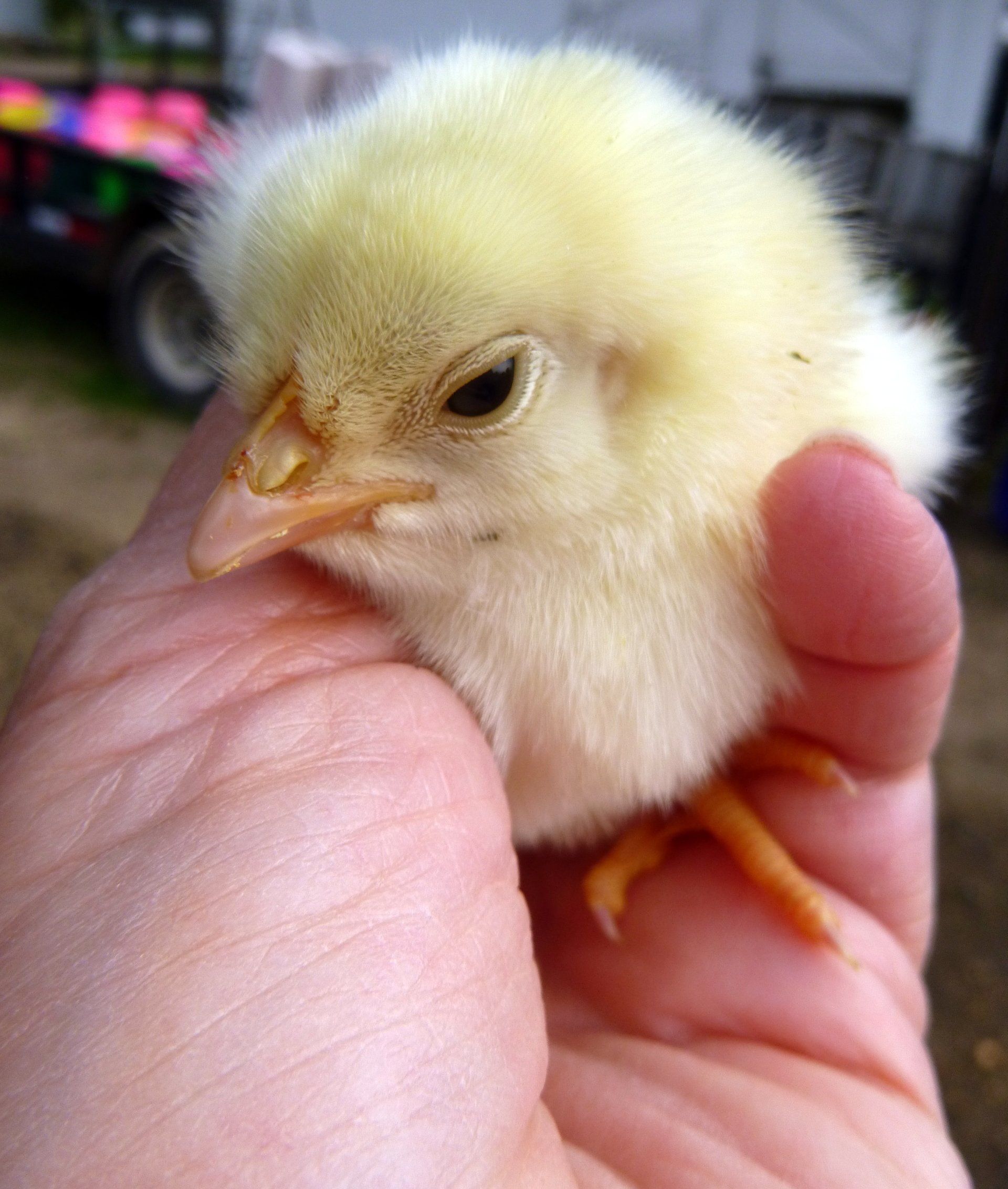Feeding Your Barnyard Friends - Part 2 of 6
What's in a Grain
Many are looking to incorporate grains like millet, buckwheat, rye, and milo into their feed mixes. Unfortunately, they are not traditionally grown in this area. This means they are expensive, and availability is limited. Unfortunately, when you need to replenish your feed reserves it is likely that you will not be able to find the product and be back to square one in developing your feed mix. Also, please realize that the protein levels in all grains may vary due to the overall weather and the field yield. Since our product is tested prior to using it we are assured of the appropriate crude protein level in our product offerings, please to be sure to check our website to view our feed labels which lists all ingredients.
Meanwhile, here is some information on grains for you to consider as you develop your poultry feed mix:
Corn is high in energy with the protein value ranging from 6-9%. Please note that you will need a finer grind for birds up to 3 weeks and a coarse grind for birds older than 21 days of age
Oats & Barley are high fiber which keeps the digestive track clean, so they are a great choice. They add fiber, increase the bulk density of the feed thereby limiting feed intake. While these grains add protein and energy their fiber content burns much of this nutrition during digestion. Protein Values: 12% Barley, 10% Oats. Note that combined oats and barley should not be more than 15% of feed mix.
Wheat has more protein and only slightly less energy than corn, however, no more than 20% should be in your feed mix. The protein is extremely variable from 10-18% (The red and white varieties have a very slight difference in protein level) Note that wheat should not be in the poultry feed until they are older than 14 days. Additionally, whole wheat will stimulate the gizzard and gastric motility.
Alfalfa Meal is has a protein range of 16-20%, but amino acids are low for a legume. It is very high in fiber and should be limited to no more than 5% of the feed mix. It is high in minerals that promote a better immune system. Additionally, it will increase the yellow pigment in the yolk color.
Tomorrow I will post information on products often used to increase the protein levels in feed.
